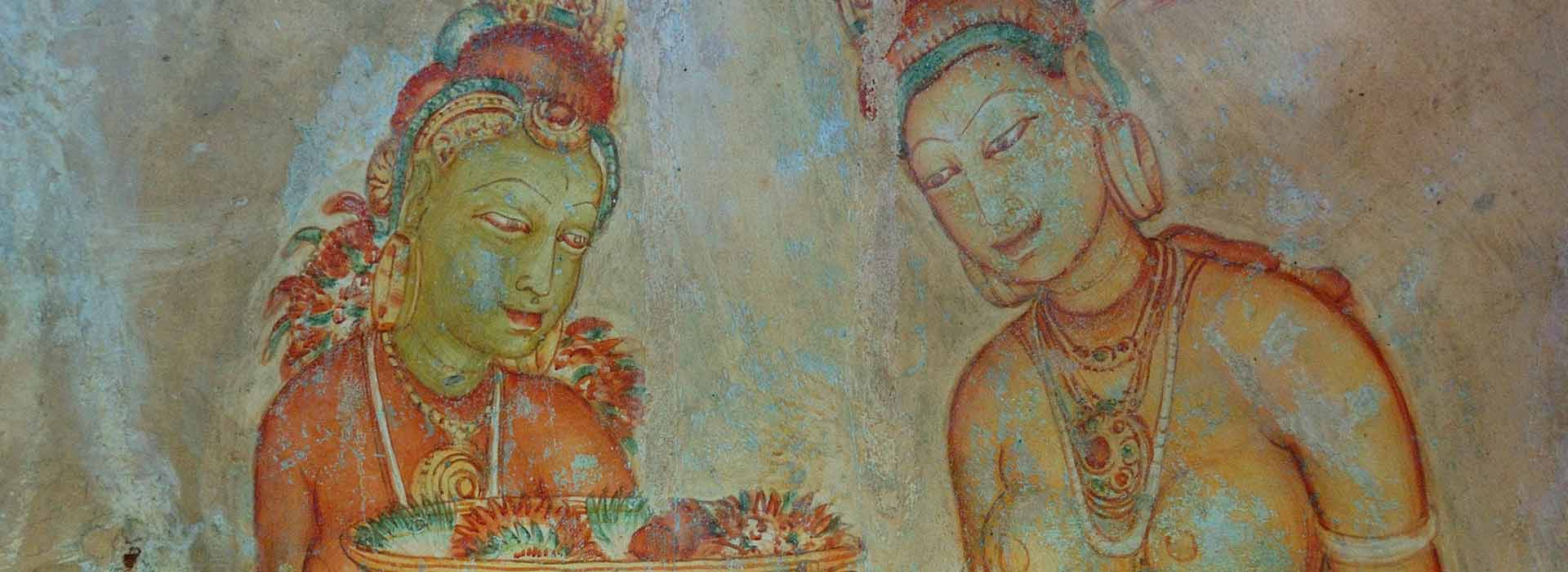Sigiriya Museum
Splendorous architecture, steeped in history and culture, is what visitors to Sigiriya are offered. But there’s much more than meets the eye at ruins of the ancient Lion Rock citadel. If you’re curious to know more, pay a visit to the Sigiriya Museum.
Why You Should Visit
Your entrance fee to the Lion Rock includes the museum, so it’s certainly worthwhile to drop in. It’s the product of over three decades of intense archaeological research, picking apart the clues left behind by its long-gone inhabitants.
At the museum, you can see an intricate diorama of the site, and onwards from there, you’ll be treated to a plethora of artefacts, from tools to sculptures, jewellery, and more! There’s even a human skeleton, along with the prehistoric section with a few exhibits from the era of pre-civilisation.
Museum Layout
Established in 2009, the museum contains galleries depicting the excavation efforts carried out at Sigiriya. The way it was structured is an excellent example of green building technology, as it was expertly constructed around the massive and mighty trees that have reigned the area for eons, roots-deep, as well as natural water springs.
The museum has three floors, designed to suit the pre-existing levels within the rock itself.
Introductions to the exhibits and guides are available in the three main languages (Sinhala, Tamil and English) in the museum lobby.
To enter the museum, you have to make your way through a tunnel, and once you reach the first level, you’ll be greeted by the protohistory section of the museum, which contains a bunch of artefacts, including age-old pots and implements made of iron.
The next level is dedicated to the monastic era of Sigiriya, and thus includes many exhibits from that period. Glass panels provide you an overhead-view of the rock fortress’ attractions, including the water gardens at its entrance, the rusty mirror wall, and even the summit.
The museum is located near the main ticketing booth, and is open from 8 a.m. to 5 p.m. all week. Do keep in mind though that photography within its premises is not permitted in order to protect the artefacts from damaging exposure.



